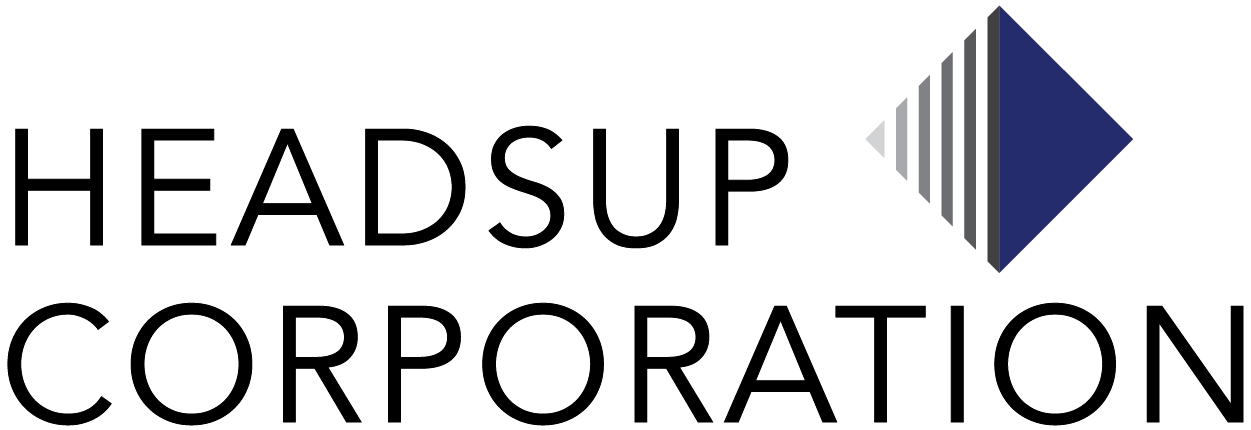Years and years pass but the majority of the organizations stick to their traditional method of performance management and conducting appraisals. Not only do they find it time-consuming but it also turns out to be demotivating and not so “helpful” at the end of the day. The hard truth is, the whole system is struggling with ratings, trying too hard to make sense out of their performance management system. The problem doesn’t lie with the method, the problem lies with the managers unwilling to opt-out of the traditional way fearing a new outlook won’t do any good. With a traditional system doing no good, might as well revamp the entire process. Here’s what you can do to evaluate your employees with the right system in place with these performance management and appraisal tips and practices:
5 New Trends You Can Follow for the Performance Management And Appraisals
1. Good Data Matters
Implementing new processes comes with good data practices, instead of relying on yearly analysis, using tools that crowdsource and collect both structured and unstructured data on team and employee performance can help you evaluate performance better. This real-time tool can help collect performance feedback from different sessions be it launches, projects, meetings, etc. This real-time collected data will surely give you more accurate results than your once-in-a-year reviews.
2. On-point Coaching For Better Output
Even top recruiters in Delhi, performance coach, training heads agree that without consistent training, it’s difficult to motivate performance in your workforce. Without the right kind of coaching, it gets difficult to give your employees great responsibilities, bigger projects while demanding more output from them. Coaching can also be improved with constant feedback and crowdsource vignettes of the pending work as well as completed work.

3. Teams As A Parameter
Evaluating individual performance is definitely a traditional way to go about evaluation as no individual can function alone. It’s the ‘Team’ which is considered to be more important as it’s the way that eventually brings in success. It’s a collaborative effort towards a company’s goals and objectives. Organizations that include teams in their objectives usually outperform those focusing only on individuals.

4. The Right Kind Of Goal Setting
If your company’s goal setting is right then your employees won’t be able to deliver them successfully either. Goal setting is very crucial but doing it the old way isn’t the right way to go about it. It should be planned not just by the leaders but sub-managers, individuals, and other teams as well as a collaborative effort to improve the performance of the workforce.

5. Getting away from a Performance Obsessed Culture
The whole idea of implementing a performance-obsessed culture isn’t going get you and your employees anywhere, other than damaging the well-being and performance of the workforce. The idea is to instigate a growth-focused culture where employees don’t just want to work for a company but belong to it and feel committed to its goals and objectives. On the other hand, contractually based relationships with no sense of commitment will never help your employees deliver consistently superior performance.










